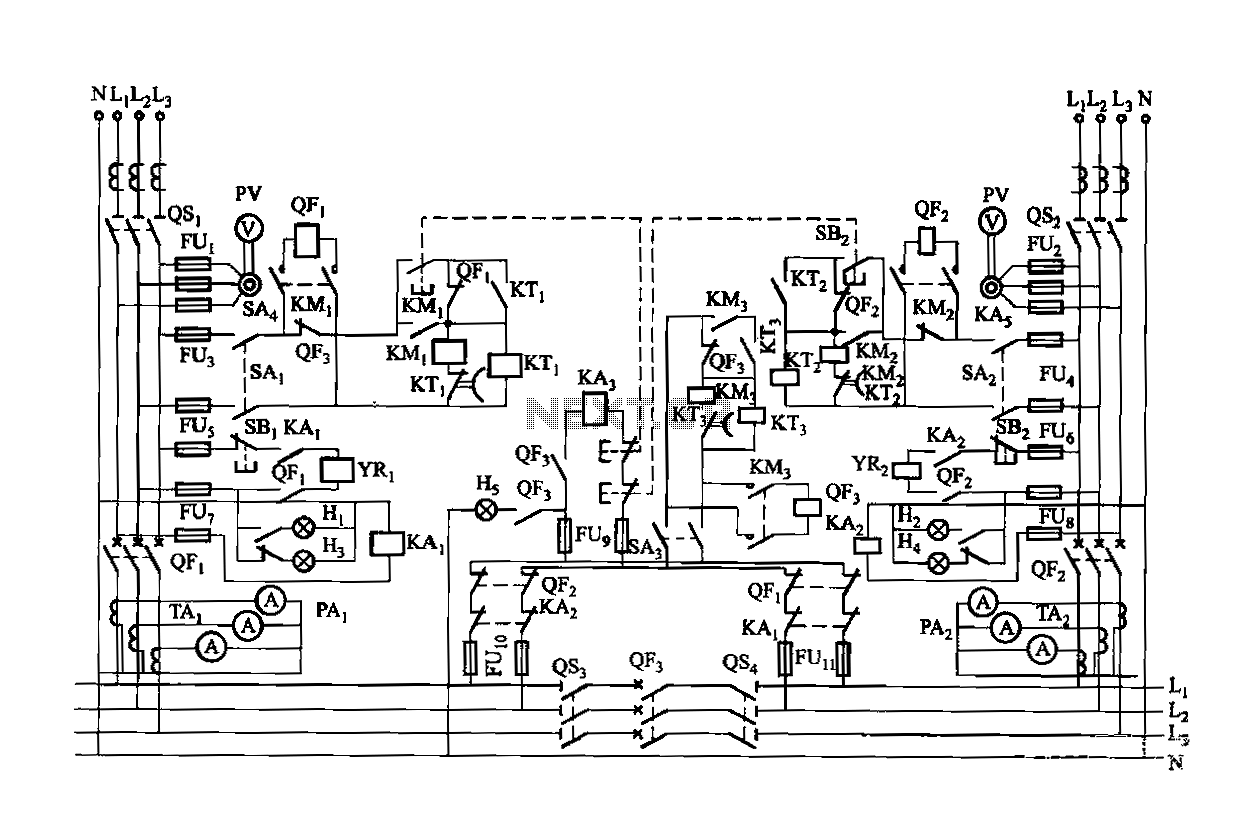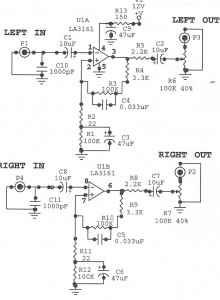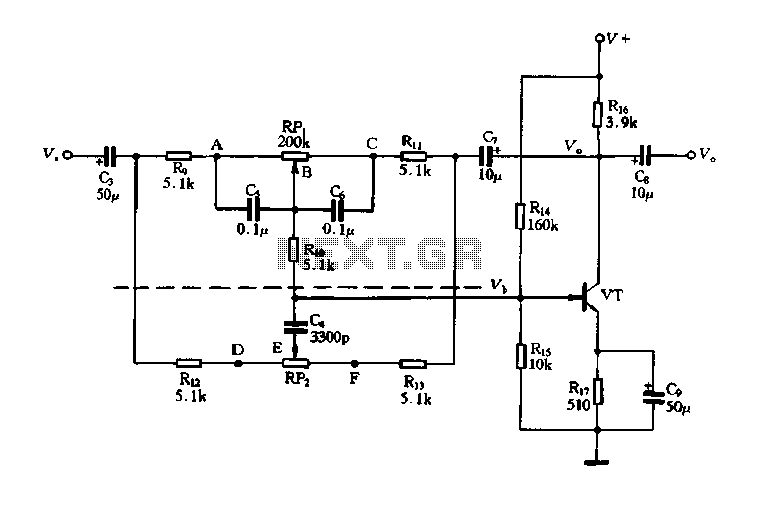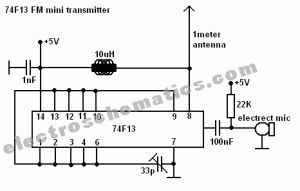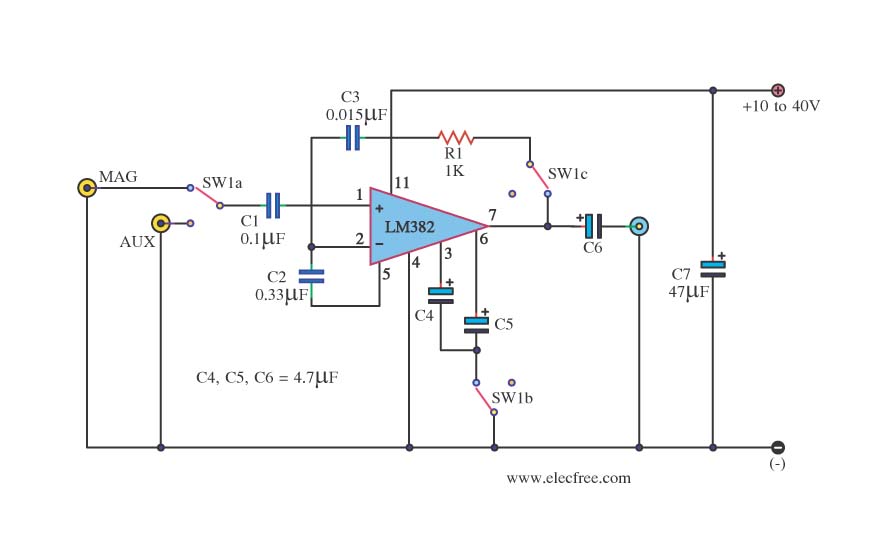
power amplifier mj15003 mj15004 circuit
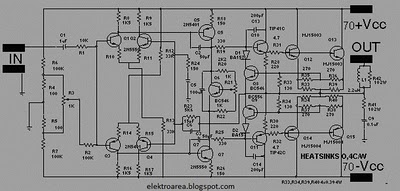
The design of this amplifier aims to enhance the reproduction of complex music and voice. While high electrical properties are emphasized, the primary objective is to achieve superior sound quality, vivid imaging, and exceptional spatial clarity. Although the average listening level is typically below 10 watts, the design concept incorporates an amplifier with ample reserves. The focus is on Class A operation, minimizing crossover distortion to a very low level. The circuitry is engineered to enhance the precision of tonal characteristics, allowing instruments and voices to be reproduced clearly. This amplifier exhibits virtually zero phase distortion across the audio range, resulting in perfect resolution and uncolored sound.
The amplifier design utilizes a Class A topology, which is known for its linearity and low distortion characteristics. In this configuration, the output transistors conduct for the entire cycle of the input signal, providing a continuous flow of current. This results in a more accurate reproduction of audio signals, making it particularly effective for complex musical passages and vocal performances.
Key components of the amplifier include high-quality resistors and capacitors that ensure minimal signal degradation. The power supply is designed to provide stable voltage and current, with ample reserve capacity to handle dynamic peaks in audio signals without distortion. The output stage features a carefully selected pair of transistors, which are matched for optimal performance, ensuring a balanced output and reducing the likelihood of crossover distortion.
Additionally, the amplifier employs a well-designed feedback loop that helps maintain linearity across the entire frequency response. This feedback system is crucial in minimizing phase distortion, allowing for a more accurate representation of the original audio signal. The layout of the circuit board is optimized to reduce electromagnetic interference and enhance overall performance.
To further enhance sound quality, the amplifier may include features such as a high-quality volume control and a bypass capacitor to smooth out any fluctuations in the power supply. The input stage is designed to handle a wide range of signal levels, making it compatible with various audio sources.
Overall, this amplifier represents a commitment to high-fidelity audio reproduction, ensuring that complex music and voice are rendered with clarity and precision. The design philosophy prioritizes sound quality above all, resulting in an amplifier that delivers an exceptional listening experience.When I began the design of this amp, my goal was to make a product better suited for the reproduction of complex music and voice. Although I emphasize the high electrical properties, the most important requirement is to create a superior sound, vivid images and superb spatial aural clarity.
Although the average level of listening is usually less t han 10 watts, my design concept was to an amplifier with plenty of reserves, but the deviation is for Class A, at the height of the audience of cross-over distortion at a very low level. There is no place in the pathway, enhances the precision of the tonal characteristics of instruments and voices clearly.
This Amplifier is virtually zero phase distortion over the audio range resolution is perfect and completely color the sound. 🔗 External reference
The amplifier design utilizes a Class A topology, which is known for its linearity and low distortion characteristics. In this configuration, the output transistors conduct for the entire cycle of the input signal, providing a continuous flow of current. This results in a more accurate reproduction of audio signals, making it particularly effective for complex musical passages and vocal performances.
Key components of the amplifier include high-quality resistors and capacitors that ensure minimal signal degradation. The power supply is designed to provide stable voltage and current, with ample reserve capacity to handle dynamic peaks in audio signals without distortion. The output stage features a carefully selected pair of transistors, which are matched for optimal performance, ensuring a balanced output and reducing the likelihood of crossover distortion.
Additionally, the amplifier employs a well-designed feedback loop that helps maintain linearity across the entire frequency response. This feedback system is crucial in minimizing phase distortion, allowing for a more accurate representation of the original audio signal. The layout of the circuit board is optimized to reduce electromagnetic interference and enhance overall performance.
To further enhance sound quality, the amplifier may include features such as a high-quality volume control and a bypass capacitor to smooth out any fluctuations in the power supply. The input stage is designed to handle a wide range of signal levels, making it compatible with various audio sources.
Overall, this amplifier represents a commitment to high-fidelity audio reproduction, ensuring that complex music and voice are rendered with clarity and precision. The design philosophy prioritizes sound quality above all, resulting in an amplifier that delivers an exceptional listening experience.When I began the design of this amp, my goal was to make a product better suited for the reproduction of complex music and voice. Although I emphasize the high electrical properties, the most important requirement is to create a superior sound, vivid images and superb spatial aural clarity.
Although the average level of listening is usually less t han 10 watts, my design concept was to an amplifier with plenty of reserves, but the deviation is for Class A, at the height of the audience of cross-over distortion at a very low level. There is no place in the pathway, enhances the precision of the tonal characteristics of instruments and voices clearly.
This Amplifier is virtually zero phase distortion over the audio range resolution is perfect and completely color the sound. 🔗 External reference
